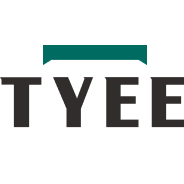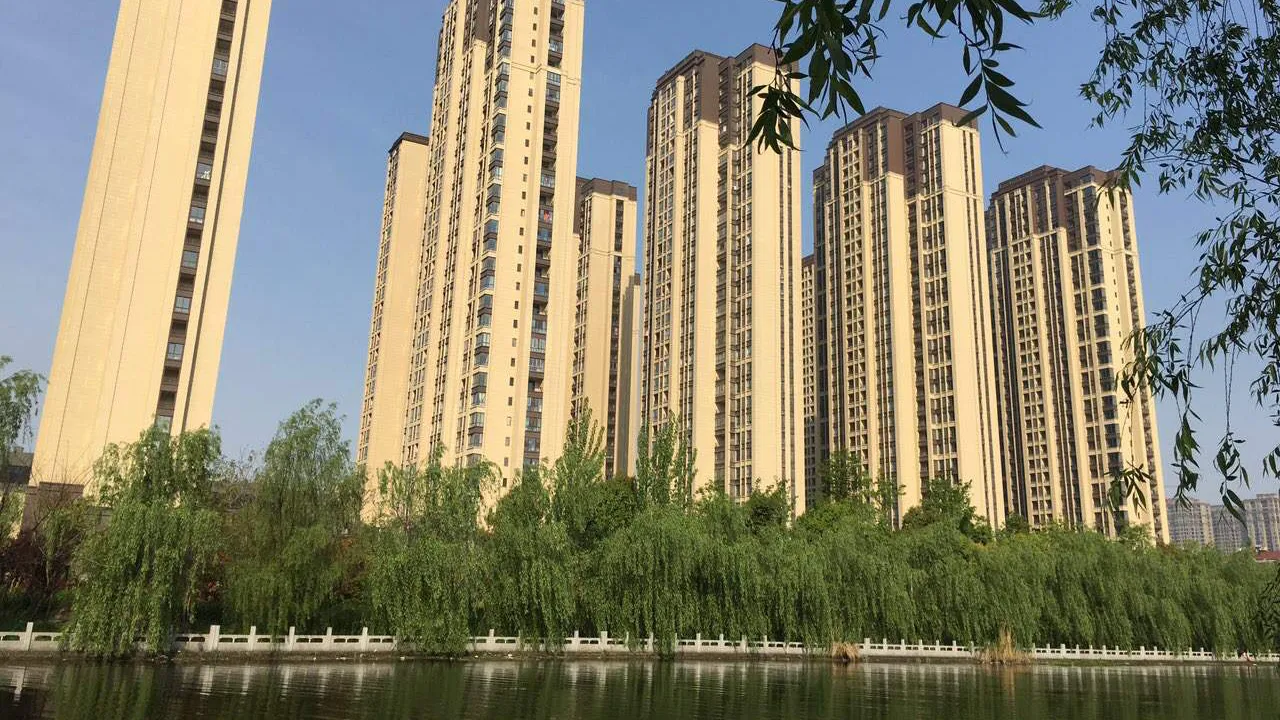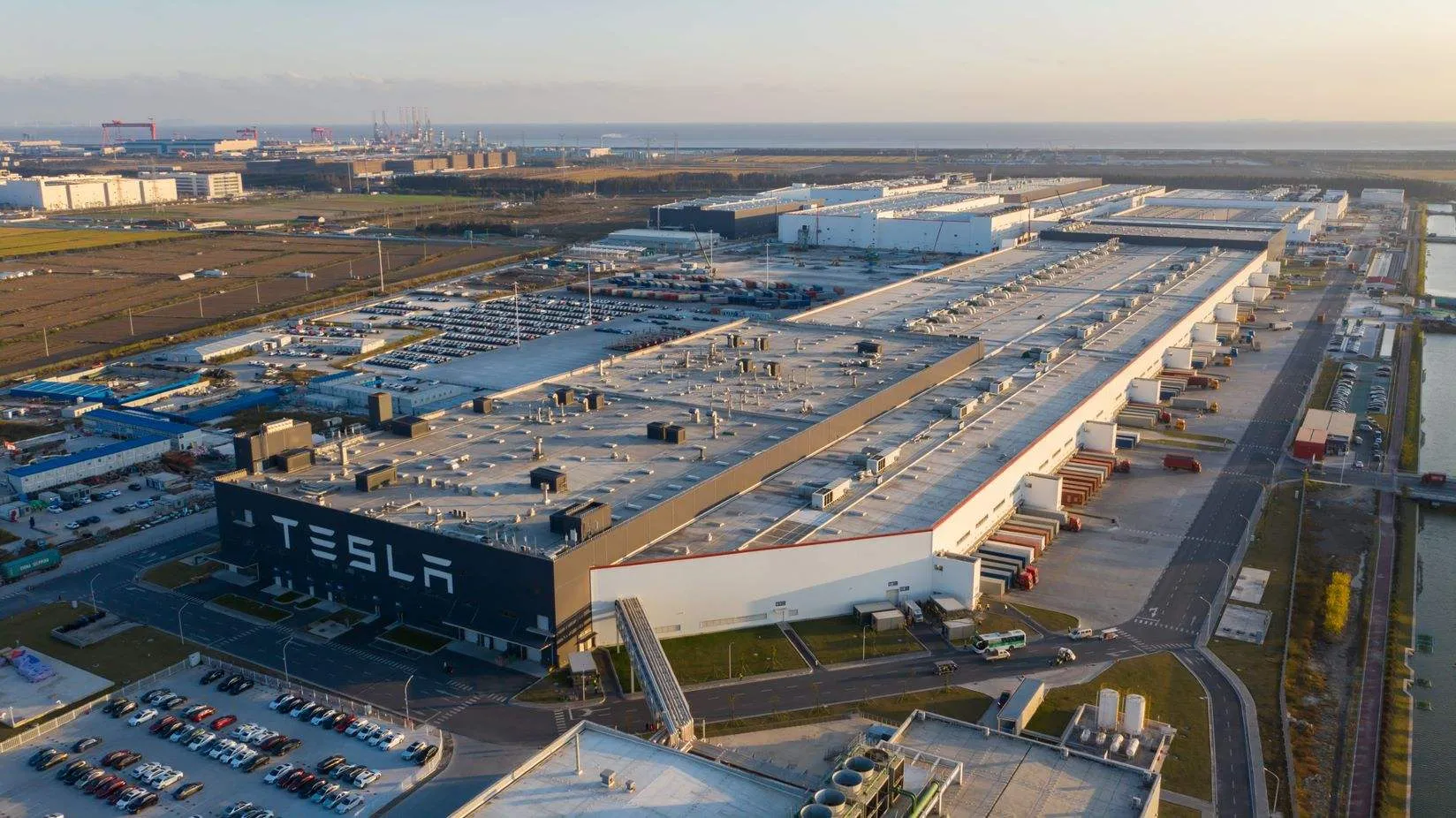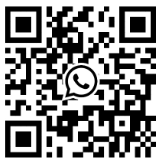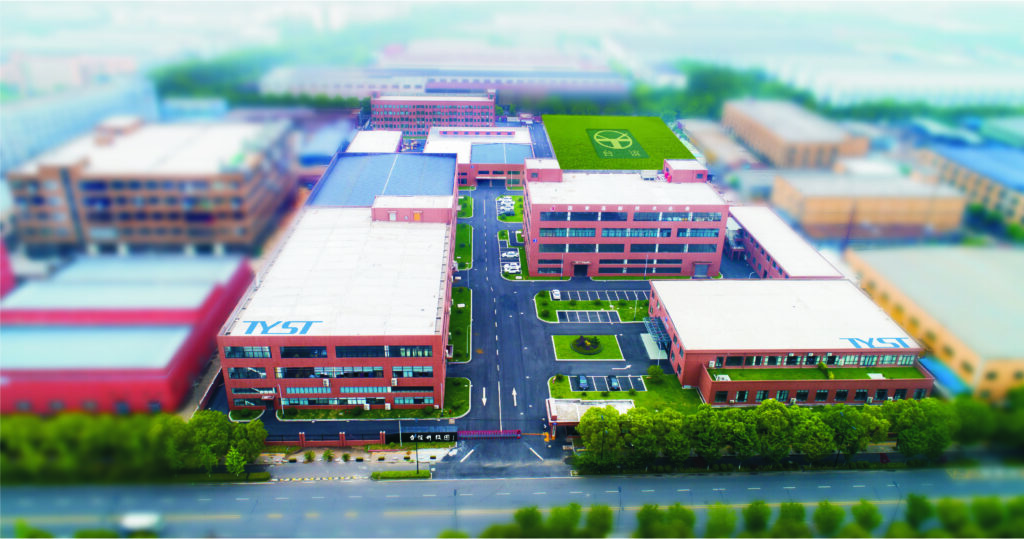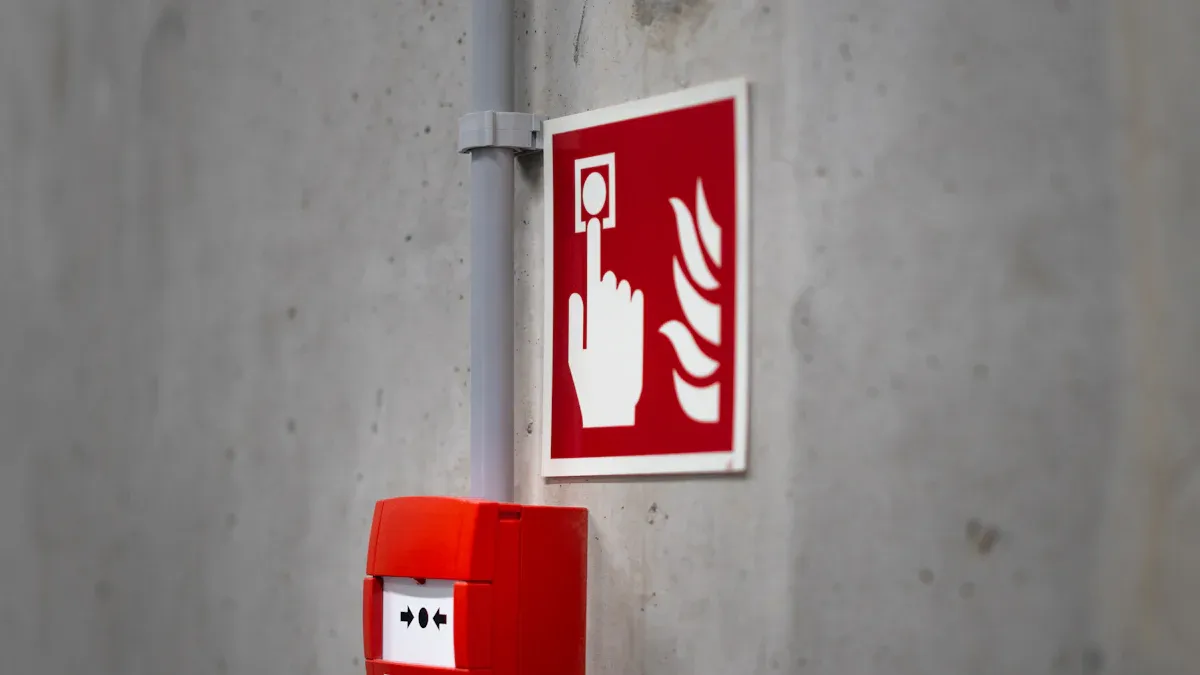
A Fire Alarm System finds fire signs early and warns people fast. This gives you important time to act. You keep your business safe from losing money and follow safety rules by using these systems. Finding fire early lets people leave safely and stops big problems. tyee has over 32 years of new ideas and world experience. tyee gives strong fire safety solutions that top companies trust everywhere.
Key Takeaways
-
A fire alarm system finds fires early and warns people fast. This helps keep your business safe and follows safety laws.
-
Pick the right system type for your building. Addressable systems work best for big or tricky buildings. Non-addressable systems are good for small places.
-
Trained experts should check and test your fire alarm system often. This keeps it working well and stops expensive issues.
-
Connecting your fire alarm system to other building tech makes things safer. It also helps people respond faster in emergencies.
-
Choose trusted companies like tyee for certified, top-quality systems. They give expert help that fits your business needs.
Fire Alarm System Basics
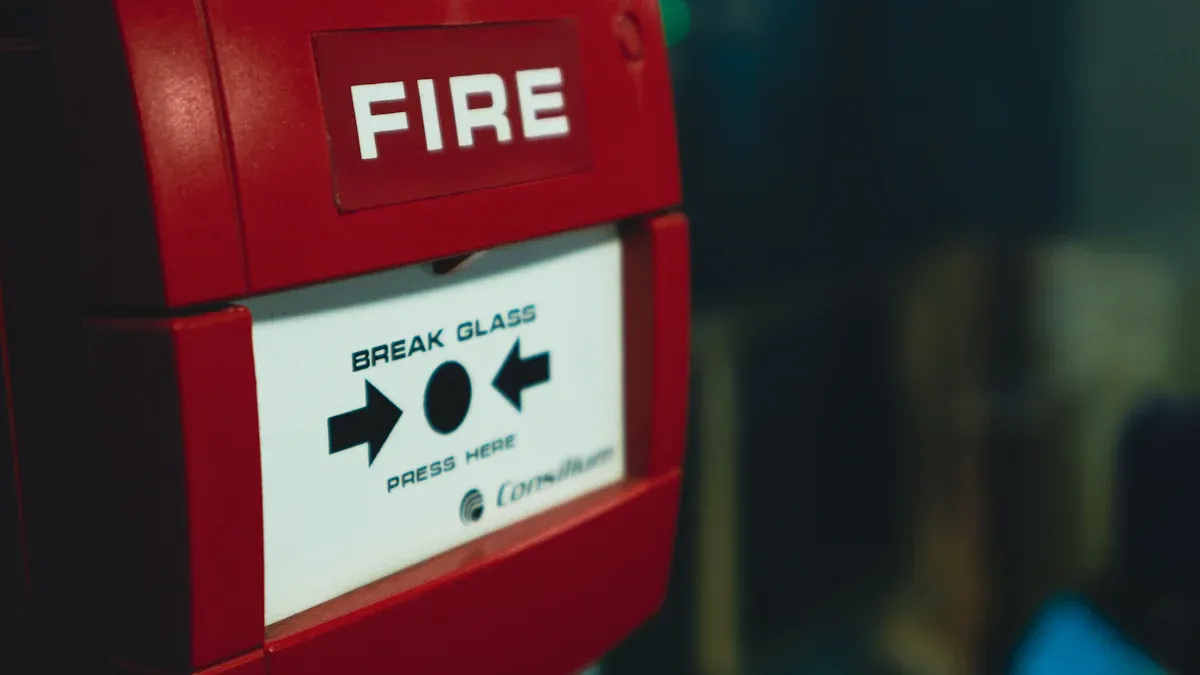
Components
A Fire Alarm System has many important parts. Each part helps keep your business safe. It is good to know what each part does. This helps you understand how the system works. Here is a table that lists the main parts and what they do:
|
Component |
Function |
|---|---|
|
Fire Alarm Control Panel (FACP) |
Acts as the brain of the system. It processes signals, triggers alarms, and connects to emergency services. |
|
Initiating Devices |
Detect fire signs. These include smoke detectors, heat detectors, and manual pull stations. |
|
Notification Devices |
Alert people with sounds, lights, or voice messages so everyone knows to evacuate. |
|
Primary Power Supply |
Provides regular power to keep the system running every day. |
|
Backup Power Supply |
Keeps the system working during power outages using batteries or generators. |
|
Fire Safety Interface Units |
Connect the system to building controls like elevators and doors for safer evacuation. |
|
Fire Suppression Systems |
Work with the alarm to control or put out fires, such as sprinklers or gas systems. |
Tip: Check each part often. This helps your Fire Alarm System work when you need it.
Operation
You want your Fire Alarm System to act fast in an emergency. Here is how it works, step by step:
-
Detectors find smoke, heat, or flames in the building.
-
The control panel gets signals from detectors or pull stations.
-
The system turns on alarms. These can be loud sounds, flashing lights, or voice messages.
-
People hear the alarms and start to leave the building.
-
The system might turn on fire suppression tools, like sprinklers.
-
Some systems send alerts to emergency services or monitoring centers for help.
-
The control panel keeps a record of all events for checking later.
Many new Fire Alarm Systems connect to building management tools. You can watch them from far away and get alerts right away. Some systems use smart technology, like cloud platforms and AI. This helps find fires better and stops false alarms. It helps keep people and property safe.
Compliance Requirements
Legal Standards
You have to follow strict legal rules when you put in a Fire Alarm System at your business. These rules help keep everyone safe and make sure your building follows the law. In the United States, NFPA 72 is the main rule for putting in, checking, and taking care of fire alarms. Local fire departments and building codes often say you must use this rule. The ADA says alarms must work for everyone, even people with disabilities.
Other countries have their own rules. The United Kingdom uses BS 5839-1:2025. This rule covers how to design, put in, and take care of alarms. Europe uses the BS EN 54 series. This rule says what fire alarm parts must do. The table below lists some important rules from around the world:
|
Region/Country |
Legal Standard/Regulation |
Description |
|---|---|---|
|
United Kingdom |
BS 5839-1:2025 |
Covers design, installation, and maintenance for non-domestic buildings. |
|
Europe |
BS EN 54 series |
Sets requirements and testing for fire alarm system components. |
|
United States |
NFPA 72 |
Governs installation, inspection, and maintenance. |
|
United States |
ADA |
Ensures alarms are accessible to all people. |
|
United Kingdom |
Regulatory Reform (Fire Safety) Order 2005 |
Requires proper fire detection and warning in commercial buildings. |
Rules can change based on your business type. Hospitals need alarms that help patients who cannot move. Factories need detectors that work with dust or chemicals. Hotels want to warn guests fast. Always check which rules fit your building.
Note: Following the right rules keeps your business safe and helps you avoid fines.
Industry Certifications
You must make sure your fire alarm equipment and service people have the right certificates. These certificates show your system is safe and works well. Most B2B customers want products checked by groups like UL LLC or other big safety groups. These groups test fire alarm products to make sure they are safe.
-
Only trained and certified workers should fix your system.
-
Service companies need certificates from groups your local fire department accepts.
-
Some places need workers to have special licenses or papers.
-
Companies listed by national labs can take care of your system.
Insurance and local officials may ask to see these certificates. You must use trained people to check and fix your Fire Alarm System. This keeps your system working and helps you follow the rules.
System Types
Addressable vs. Non-addressable
You must pick the right fire alarm system for your building. There are two main types. These are addressable and non-addressable. Each type works in its own way. Each one is good for different places.
Addressable fire alarm systems use digital circuits. Every device, like a smoke detector, has its own address. The control panel can see which device sends an alert. This helps you find the fire fast. You can add more devices as your building gets bigger. These systems are good for large offices, factories, or hospitals.
Non-addressable fire alarm systems use analog circuits. Devices are grouped into zones. The control panel only shows which zone has a problem. It does not show the exact device. These systems are best for small buildings or simple layouts.
Here is a table to help you compare:
|
Factor |
Addressable Fire Alarm System |
Conventional Fire Alarm System |
|---|---|---|
|
Wiring |
One wire connects all devices |
Each device has its own wire |
|
Location Detection |
Shows exact device location |
Shows only the zone |
|
Cost |
Higher system cost, lower install cost |
Lower system cost, higher install cost |
|
Functionality |
Pinpoints fire quickly |
Slower to find the fire |
|
False Alarms |
Fewer false alarms |
More false alarms possible |
|
Safety |
Keeps working if some wires break |
May stop if wires break |
|
Scalability |
Easy to add more devices |
Hard to expand |
Tip: Pick addressable systems for big or complex buildings. Pick non-addressable systems for smaller spaces.
tyee Solutions
You can trust tyee for both types of fire alarm systems. tyee’s Automatic Fire Alarm System uses smart technology. It has multi-sensor detectors and fast digital communication. You can manage it from far away. You get quick alerts and fewer false alarms. It is easy to check the system. This system fits offices, malls, hotels, and hospitals. You can add more devices if you need them.
For small buildings, tyee’s Non-addressable Fire Alarm System is simple and reliable. It uses strong sensors and clear alarms. You can install it fast and keep it working with little effort. This system is good for shops, small offices, and simple factories.
All tyee fire alarm systems meet top global standards. They have ISO9001, ISO14001, UL,and CE certifications. These show tyee’s promise of quality and safety. You get products that work well in many countries. They pass strict safety checks. With tyee, you protect your business and follow all rules with confidence.
System Selection
Facility Assessment
Before you pick a fire alarm system, look at your building. Every building is different and has its own risks. Here are some things to think about:
-
Make sure you follow local fire codes and rules.
-
Check how big your building is and how it is set up.
-
Look for fire risks and any dangerous materials inside.
-
See if you need someone to watch the system all day and night.
-
Think about features like multi-sensor detection or if it works with sprinklers.
-
Make sure the system can grow if your building gets bigger.
-
Check how easy it is to test and fix the system.
-
Plan how much money you will spend now and later.
-
Find out which areas are most at risk and what is most important to protect.
-
Talk to fire safety experts or your local fire marshal for help.
-
Visit other places and watch system demos to see how they work.
Tip: Always teach your staff how to use the system and what to do when alarms go off.
Custom Solutions
You need a fire alarm system that matches your business. tyee makes custom solutions for many types of buildings. The tyee team helps you from start to finish. They help with planning, design, building, testing, setup, and training. They follow local rules and make the system fit your building, risks, and budget.
Here is how tyee changes systems for different places:
|
Industry/Building Type |
Customization Approach |
Notable Project Example |
|---|---|---|
|
Commercial Complexes |
Systems that can grow and have flexible sensors and alarms |
Hangzhou Olympic Sports Expo City |
|
Industrial Parks/Factories |
Multi-sensor detection for tough places with dust or noise |
Various factories |
|
Hospitals and Schools |
Clear ways to leave and work with building management |
Hospitals and schools in many cities |
|
Airports/Transport Hubs |
Smart alarms and emergency lights for quick action |
Gwadar New International Airport |
|
Public Infrastructure |
AI helps respond to problems and covers all situations |
Museums, metro stations, big dams |
You can see tyee’s work in places like the Museum of the Communist Party of China, Hangzhou Metro Line 3, and the Baihetan Dam. These show how tyee can meet different needs and work in many places.
Picking the right system means fewer false alarms, better safety, and easier control. tyee’s experts help you solve problems like tough environments, mistakes, and tech issues by using new technology and giving support.
Maintenance
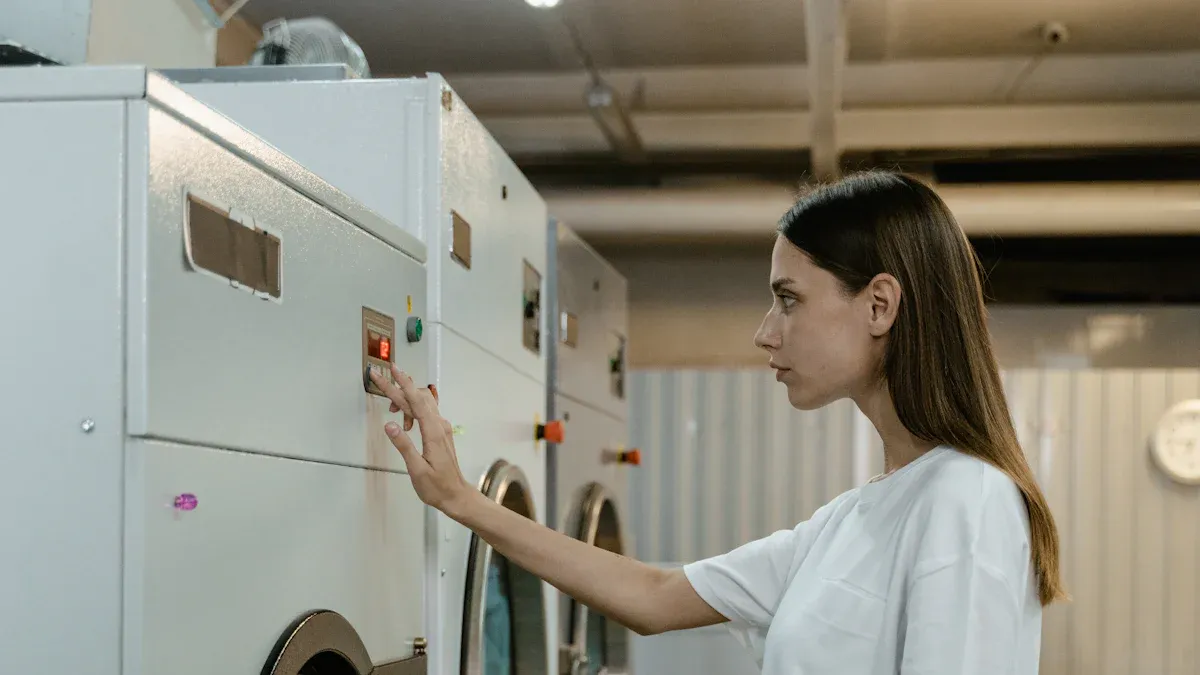
Routine Checks
You must keep your fire alarm system working well. Regular checks help you find problems early. This keeps your business safe. Follow this easy schedule to make sure your system works.
-
Weekly Visual Inspections
Look at the control panel each week. Make sure there are no warning lights. Check for error messages too. Look at all devices for damage or dust. Make sure nothing blocks them. -
Monthly Functional Tests
Test smoke detectors and heat detectors every month. Try the manual call points too. Turn on each device to see if alarms sound. Check if lights flash in the building. -
Annual Professional Inspections
Have a certified technician check your system once a year. They will test every part of the system. They check the batteries and follow fire safety rules.
Some businesses need more checks if they have high-risk areas. Kitchens and factories may need this. Test smoke detector sensitivity every two years. If your system connects to a central station, test the link too.
Tip: Write down all checks and tests in a log. This helps you track problems and show you follow the rules.
|
Component/Activity |
Recommended Frequency |
|---|---|
|
Annually by qualified professional |
|
|
Batteries, duct detectors, smoke detectors |
Semiannually |
|
Supervisory signal devices, waterflow devices |
Quarterly |
|
Smoke detector sensitivity testing |
Every 2 years |
Professional Support
You get many good things from professional support. Certified technicians know the newest codes and best ways to work. They help you avoid fines and keep your business safe.
-
You follow all fire safety rules and avoid legal trouble.
-
Your system stays strong, so you find fires early.
-
You lower the chance of damage and less downtime after a fire.
-
Insurance companies may give better rates for good fire safety.
-
Your workers and customers feel safer and trust your business.
-
Professionals can design and care for systems that fit your needs.
-
You get quick help if something breaks, so your system is always ready.
Regular professional care keeps your fire alarm system ready for any emergency.
Testing Frequency
Inspection Schedule
You need to check your fire alarm system often. This keeps it working well. NFPA 72 tells you how often to do checks in businesses. If you follow this schedule, you protect your business and follow the law.
-
Look at your fire alarm control panel every week. Watch for warning lights or error messages.
-
Check batteries and power sources each month. Make sure they work and are not broken.
-
Test manual pull stations and fire alarm panels every month. Make sure alarms sound and lights flash.
-
Certified professionals should check your system every three months. They find small problems and make sure you follow the rules.
-
Plan for a full system test and inspection once a year. Licensed fire protection companies do these tests. These yearly tests are the best way to stay safe.
-
Inspect smoke detectors and annunciators every year.
-
If you change or fix your building, test your system again.
Tip: Sometimes, your local fire department or insurance company wants more checks. Always listen to their advice.
Here is a simple table for your inspection schedule:
|
Task |
Who Performs It |
How Often |
|---|---|---|
|
Visual check of control panel |
Trained staff |
Weekly |
|
Battery and power source inspection |
Trained staff |
Monthly |
|
Manual pull station test |
Trained staff |
Monthly |
|
Professional system inspection |
Certified technician |
Quarterly |
|
Full system test |
Licensed professional |
Annually |
|
Smoke detector inspection |
Certified technician |
Annually |
Record Keeping
You need to keep good records of all fire alarm checks and tests. Good records show you follow safety rules and help you avoid trouble. NFPA 72 says you must keep these records up to date and ready to show.
-
Write down every inspection, test, and repair. Include the date, what you checked, and what happened.
-
Use a fire log book or a computer system to save your records. Make sure you can find them easily and keep them safe.
-
Write down any problems or repairs. Say when you fixed them and who did the work.
-
Keep records of battery changes and cleaning sensors.
-
Certified professionals must write down yearly inspections and tests.
-
Save your records for as long as your local laws say.
Good records help you find problems early, help with insurance, and show you care about safety during checks. If your records are not complete, you could get in trouble or lose insurance, so always keep your records neat and up to date.
Alerts and Codes
Common Signals
You need to know the signals your fire alarm system uses. These signals help you act fast and keep your building safe. Most commercial fire alarm systems use three main types of signals:
-
Alarm Signals: These signals mean there is a fire or emergency. You will hear loud horns, bells, or see flashing strobe lights. When you see or hear these, you must evacuate the building right away.
-
Trouble Signals: These signals show a problem with the system. You might see a yellow light or hear a steady beep. Trouble signals can mean low batteries, power loss, or a wiring issue. You should not ignore these signals. Fix them soon to keep your system ready.
-
Supervisory Signals: These signals warn you about issues with connected devices, like sprinkler valves or HVAC duct detectors. You will see a yellow light and hear a fast beep. Supervisory signals do not mean there is a fire, but you still need a professional to check them.
|
Signal Type |
What You See/ Hear |
What It Means |
What To Do |
|---|---|---|---|
|
Alarm |
Red light, loud sound, strobe |
Fire or emergency |
Evacuate immediately |
|
Trouble |
Yellow light, steady beep |
System problem (battery, wiring) |
Call for service soon |
|
Supervisory |
Yellow light, fast beep |
Device issue (sprinkler, HVAC) |
Get professional check-up |
Tip: Always train your staff to recognize these signals. Quick action can save lives and property.
Troubleshooting
You may see a trouble code or get a false alarm. You can solve many problems with a few simple steps:
-
Train your team to use the system the right way. This stops many false alarms.
-
Clean detectors and sensors often. Dust, insects, or drafts can set off alarms by mistake.
-
Check all wiring and connections. Make sure nothing is loose or broken.
-
Replace batteries in sensors when needed. Weak batteries cause trouble signals.
-
Adjust detector sensitivity if alarms go off too easily. Follow the manufacturer’s guide.
-
Test detectors on a regular schedule. Replace any that do not work.
-
Make sure your power supply is stable. Use backup batteries or a generator for outages.
-
Watch for codes like “Device Missing.” This means a detector or sensor is not working or is missing. Find and fix the problem right away.
-
Review system programming and zone settings. Make sure everything matches your building’s layout.
If you cannot fix the problem, call a certified fire alarm technician. Fast repairs keep your system ready for any emergency.
Fault Response
Troubleshooting Steps
If your fire alarm system has a fault, act fast. A good plan keeps your building safe and stops bigger problems. Here are steps to follow when there is a fault:
-
Call a certified professional right away if you think something is wrong. Do not turn off the system yourself. Keeping it on helps protect your building.
-
Start a fire watch protocol if you cannot fix the problem right away. Work with your local fire department to keep people safe until repairs are done.
-
Check every alarm before turning it off. Even if it seems small, leave the building and call your monitoring company. Always take alarms seriously.
-
Tell all employees what to do during alarms. Make sure everyone knows how to check, leave, and talk to others in an emergency.
-
Stay in contact with local fire authorities. They can help with false alarms and make safety plans if needed.
-
Train your staff well. Teach them how to act during alarms, leave safely, and stop false alarms the right way. More than one person should know these steps.
-
Follow a regular maintenance schedule. Look at the system each week, test pull stations and detectors every month, check supervised devices every three months, and get a full check every year.
Tip: A strong plan and regular training help everyone stay calm and safe during a fault.
When to Call tyee
You should call tyee for help if you see any problems with your fire alarm system. Here are times when you need expert help:
-
You find faults or problems during monthly checks or full tests.
-
Alarm devices do not work or show errors during testing.
-
You have urgent alarm issues or questions about fire safety. tyee’s customer service is always open.
-
You need help with setup, repairs, or changing broken parts.
-
You want to be sure your system follows all safety rules and works well.
tyee’s team gives fast, expert help. This keeps your business safe and your fire alarm system ready for any emergency.
System Integration
Building Technologies
You can make your building safer by linking your fire alarm system with other building technologies. This lets you control many safety features from one place. It helps people act fast in an emergency and improves how quickly you respond.
Here are some steps to help you connect your systems: First, look at your building’s safety needs. Decide which systems you want to link, like elevators, HVAC, or security. Next, pick fire alarm and building management systems that work well together. Then, get help from experts to set up the connection. After that, test and check the systems often to make sure they work.
You can connect your fire alarm system with:
-
Elevator controls: The system can stop elevators or bring them to a safe floor during a fire.
-
HVAC systems: The alarm can turn off fans or close vents to keep smoke from spreading.
-
Security systems: You can link cameras, door locks, and alarms. This helps you watch the building and open doors for people to leave.
-
Communication systems: The system can send emergency messages to everyone inside.
When you link these systems, you get many good things:
|
Benefit |
Description |
|---|---|
|
Faster response |
Systems work together so you can act quickly in emergencies. |
|
Better safety |
Working together keeps people and property safer. |
|
Easier management |
One place to control everything saves time and stops mistakes. |
|
Compliance |
Linked systems help you follow safety rules and laws. |
Plan well and test your systems often. This keeps your linked systems working and ready.
Emergency Lighting
You need emergency lighting in your fire safety plan. This lighting helps people see exits and move safely if there is a fire or the power goes out. When you connect emergency lights to your fire alarm system, people can leave faster and safer.
Here are some good things about linking emergency lighting:
-
Emergency lights turn on by themselves when the alarm sounds. This makes sure people can see the way out, even if it is dark or smoky.
-
The system makes sure nothing stops the emergency lights from working.
-
Firefighters can see better and help people faster.
-
You can control both alarms and lights from one place.
-
Battery backups or generators keep the lights on if the power fails.
This lowers the chance of accidents and helps everyone get out safely. Test and check your emergency lights often to keep them ready. Linking these systems also helps you follow the law and keeps you out of trouble.
tyee has smart solutions that join fire alarms and emergency lighting. This helps you keep your business and everyone inside safe.
Cost Factors
Installation
When you set up a fire alarm system, you must think about many things that change the cost. The size of your building is very important. Bigger buildings need more devices and longer wires. This makes both equipment and labor cost more. The kind of system you pick also matters. Conventional systems usually cost less money. Addressable, wireless, or hybrid systems have more features but cost more.
Here are the main things that change installation costs:
-
Building size: Large buildings need more detectors, alarms, and wires.
-
System type: Addressable and wireless systems cost more but work better.
-
Number of devices: More smoke detectors and alarms mean higher costs.
-
Labor costs: Professional installers make sure you follow the rules, but this adds to the price. Labor prices change by area and how hard the job is.
-
Building layout: Complicated or tall buildings need extra planning and more wires.
-
Integration: Linking your fire alarm to security or HVAC adds more equipment and programming costs.
-
Compliance: Local fire codes may need extra devices or special features.
-
Equipment quality: Good brands cost more at first but can save money later.
-
Environmental needs: Tough places need special detectors, which cost more.
-
Customization: Features like voice evacuation or remote monitoring raise the price.
Tip: Buying a good system from a trusted brand like tyee can save you money over time and make your system work better.
Maintenance Packages
You must keep your fire alarm system working well. Maintenance packages help you do this and make it easier to plan your budget. These packages change based on your system’s size, how hard it is, and what your building needs. Many companies offer service contracts in levels like Platinum, Gold, or Silver. Each level gives you different coverage.
-
Basic packages may only include regular checks.
-
Full-service packages often cover parts, labor, emergency repairs, and sometimes new products during the warranty.
-
Some contracts give you discounts on equipment and service after the warranty ends.
-
Monthly fees can be as low as $7 or as high as $200. The price depends on your system and the coverage you pick.
Service contracts help you fix problems before they get big. This keeps your system working and helps you avoid surprise costs. Many B2B customers like these contracts because they make planning easy and help you follow safety rules.
Regular care with a trusted partner like tyee keeps your system safe and protects your business all year.
Doing regular checks on your Fire Alarm System helps find fires early. It also makes sure you follow safety rules and saves you from big repair bills. You can feel calm because your system will work when you need it most. Working with tyee means you get smart technology and help from experts around the world.
-
You get special features like multi-sensor detection and AI alerts. You also get help with staff training and system upgrades.
-
Tyee’s systems follow tough world rules and have kept many big places safe.
If you need expert advice, want to upgrade, or need help, call tyee at +86-400-8666-119 or go to tyeefire.com.
FAQ
What should you do if your fire alarm system keeps giving false alarms?
Look for dust or bugs in the detectors. Clean every device well. Check if the sensitivity is set too high. If false alarms keep happening, call a certified tyee technician for help.
How often should you replace fire alarm system batteries?
Change the batteries at least once every year. Always read and follow the manufacturer’s guide. Test the batteries every month to make sure your system works in emergencies.
Can you connect your fire alarm system to your smartphone?
Yes, many new systems, like tyee’s, let you use remote monitoring. You can get alerts and see your system’s status on your smartphone with special apps or cloud tools.
What happens if your building loses power during a fire?
Backup batteries or generators will keep your fire alarm system working. Emergency lights will turn on too. This helps alarms and exit signs stay on so everyone can leave safely.
How do you know if your fire alarm system meets local codes?
Ask your provider for certificates like UL, CE, or ISO. tyee systems follow global rules. Always check with your local fire department to make sure you meet all codes.

